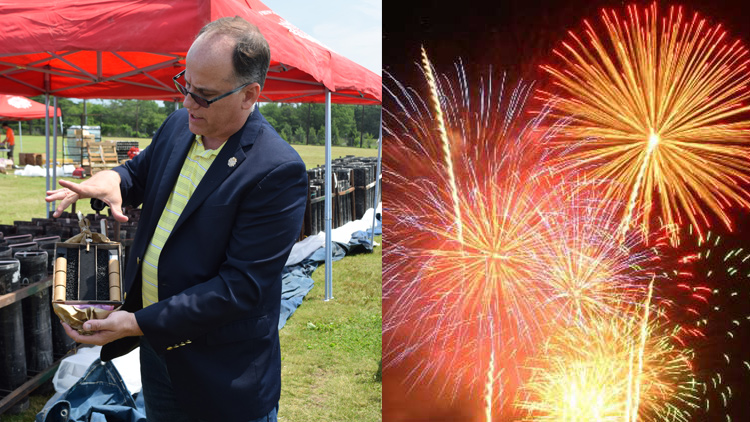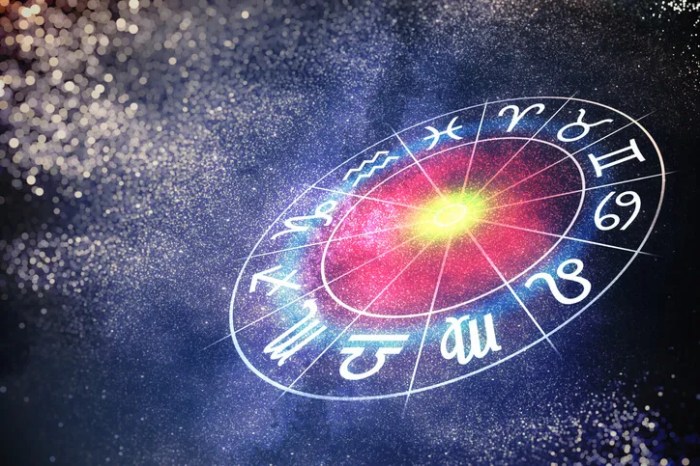After the sun sets, turning the sky from blue to black, fireworks technicians count down to when it’s time for them to paint their celestial canvas with magnificent fiery bolts of color.
Such celebratory explosions will be seen and heard across Long Island throughout Independence Day weekend. Spectators may not think about how such displays are made possible, while curious minds may envision someone lighting fireworks with a match and running away. But that is no longer how it’s done since the professional firework industry was computerized in recent years.
“The technology now has given us the ability to discharge all of the fireworks with the computer system,” said Phil Grucci, president and CEO of Bellport-based Fireworks by Grucci. “Back in 1995, we eliminated all of the ignition with manual torches.”
Grucci leads the sixth-generation company billed as “America First Family of Fireworks,” which has been lighting up the night skies worldwide since 1850—including dozens of nationwide shows planned this month from Las Vegas to the U.S. Virgin Islands.
The fireworks executive recently gave reporters—including one from the Press—a behind-the-scenes look before a pre-Fourth of July fireworks display June 29 at Eisenhower Park, where about 12,000 people were expected in attendance. Like most of their shows, the sights and sounds could be experienced miles away from the ignition site.
Long Island Fourth of July 2015 Parades and Fireworks Shows
The technological advances don’t just make it easier for Grucci’s staff to launch fireworks, it has also made the shows more appealing to the eye. The crew—known as pyrotechnicians—sits behind a protective shelter fitted with two laptop computers that control the “mortar racks” from where the fireworks are shot.
“With the computerization, it has given us the ability to synchronize and very tightly choreograph beats of music rather than sequences of time,” said Grucci. “What that means is we’re down to tenths of seconds of accuracy.”
The computers can also help the pyrotechnicians start and stop the show whenever they need to adjust the program for issues that arise, such as bad weather conditions.
Although it all may sound simple, the Eisenhower fireworks display took about six months of planning and included more than 2,000 devices—all for a show that lasted 23 minutes and 19 seconds.
“We start in January designing, picking music, making custom products, so we can make it different each year,” said Grucci.
Highlights included fireworks forming smiley faces and sunshine shells. One of the fireworks that Grucci brought back was the “Golden Flitter Split Comet,” which was first developed by Phil’s grandfather.
The technological advances don’t benefit only the technicians, either. Grucci has introduced an app for Apple mobile devices that broadcasts the show’s music in perfect synchronization with the performance so spectators can better enjoy the fireworks display wherever they may be. The app can be found on their website; grucci.com Now that’s illuminating!































